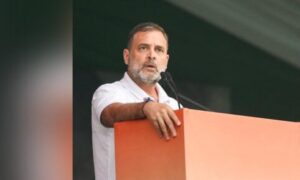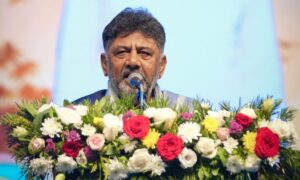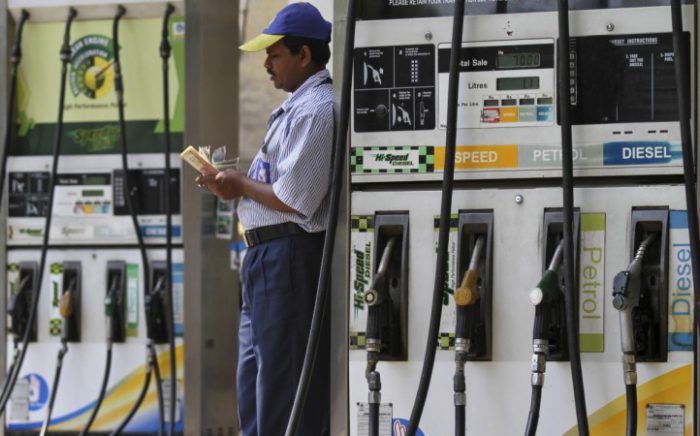
Picture : Representational Image
As the fuel prices continued to climb for several consecutive days, voices are raised against the Modi Government in various states. People are facing the brunt of the increasing fuel prices especially petrol and diesel, in India. As the assembly elections are around the corner in states like Madhya Pradesh, Chhattisgarh, and Rajasthan, increasing fuel prices are not a good sign for the ruling party – Bharatiya Janata Party (BJP). Any fluctuation in the fuel price impacts the common people. It further contributes to the inflationary pressure. The past experiences show that such hikes apparently erode the prospects of the governments.
When the United Progressive Alliance (UPA) was in power, the BJP frequently engaged in the demonstrations against the government for increasing the oil prices. Articulating the plights of the common people, they blamed the Congress party for such exponential price rise. Refuting the oppositions’ allegations, the then UPA Government always said that the fluctuation in the global market is responsible for such hikes. Interestingly, when the BJP is in power saying the same thing for increasing fuel prices.
In this backdrop, it is worthwhile to mention that the UPA government deregulated the oil prices after the recommendations of the Kirit Parekh committee. Since then, the global market fluctuation plays an important role in the price fluctuation in India. Going one step further, the Modi Government adopted the Dynamic Fuel Pricing on 16th June 2017. Indian Government allowed the oil marketing companies to follow dynamic pricing. Following this decision, the fuel prices change daily which depends on the price fluctuations in the global oil market. Indian Oil, Bharat Petroleum and Hindustan Petroleum have started selling petrol and diesel in sync with international rates. Countries like USA and Australia follows the Dynamic Fuel Pricing. Earlier, the Government revised the prices periodically.
The Organization of the Petroleum Exporting Countries(OPEC) is an apex body for the exporting countries which shares important statistics on the fuel. Algeria, Angola, Ecuador, Gabon, Iraq, Iran, Qatar, Kuwait, Libya, Nigeria, Saudi Arabia, Venezuela, and the United Arab Emirates are members of this cartel. The following statistic depicts average annual OPEC crude oil price from 1960 to 2018 (in U.S. dollars per barrel).
Average annual OPEC crude oil price from 1960 to 2018:
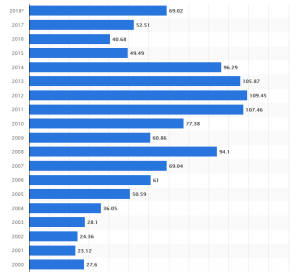
According to the BP Statistical Review of World Energy, 2018 Oil remains the world’s dominant fuel, making up just over a third of all energy consumed. In 2017, oil’s market share declined slightly, following two years of growth. Coal’s market share fell to 27.6 percent the lowest level since 2004. Natural gas accounted for a record 23.4 percent of global primary energy consumption, while renewable power hit a new high of 3.6 percent.
Shares of global primary energy consumption by fuel
(Percentage)
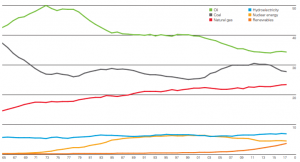
Source: BP Statistical Review of World Energy 2018
India meets its energy demand through imports from various nations. According to the news reports, India imported 14 million tonnes of crude oil in 2016-17 which is a staggering figure. Under the leadership of PM Narendra Modi, the Union Government encouraging clean energy sources to meet its demand. India intends to achieve 175 gigawatts of renewable energy capacity by 2022. Though, its full potential is yet to be realised. The recent price hike is eroding the hard earn money of the common people. Irrespective of the Dynamic Fuel Pricing, the government should evolve a mechanism to reduce the burden of the common people.




